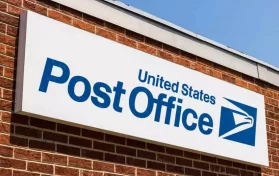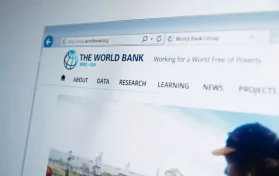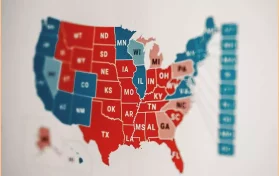
On September 13, 2021, the United States Postal Service began a pilot program that proponents believe could re-imagine the way people – especially those who don’t have access to a community bank – take care of bills and access money. Four cities – Washington, DC; Falls Church, VA; the Bronx, NY, and Baltimore, MD – are the testing centers for this new program.
These four cities host select postal sites that will offer check cashing up to $500, access to ATM machines, expanded wire transfers, an improvement on money orders, and opportunities to pay bills. This pilot program launched with little fanfare, if any. Opponents of the program believe it’s a progressive measure that could further bankrupt the USPS; those in favor of this program believe it could help those in major cities where regular banking isn’t readily available as well as those in rural areas that may be closer to a post office than a brick and mortar bank.
The program is the brainchild of the Postal Service and the American Postal Workers Union; it is a part of a ten year plan to make the USPS financially solvent. What everyday Americans may not realize is this isn’t the USPS’ first run at a banking program.
The USPS ran a postal banking program from 1911 to 1966. It was integral to the banking system particularly between 1911 and 1933. In fact, before the FDIC was put into place, access to the postal banking system provided a “run” on local banks that would have ruined the institutions. History recalls the postal banking system as one that helped to reduce the federal deficit at the end of the Great Depression, and it offered funding for both great wars in the early 1900s.
The idea of postal banking is one that has been on the table for some time, and statistics showing 8.4 million are considered “unbanked” give lawmakers cause to consider making this a permanent part of the postal service.
The Federal Deposit Insurance Corporation says that this is in addition to the 24.2 million are “underbanked,” meaning they do have a valid checking or savings account, but, they may have poor credit and depend on payday lenders in a cash crunch.
Other reasons that a great many Americans are unbanked or underbanked is possibly due to costs associated with banking or a lack of access to a local bank with which to do business. Yet, there are some who cite a distrust of the banking system as a whole as the reason some may not utilize banking services. The USPS could provide many useful banking services without the cost of using a community bank, and proponents believe that the USPS would see some financial benefit as well. A 2014 report by the Inspector General of the Postal Service proposed that the USPS could see over $1 billion in revenue after five years of the postal banking program’s full roll out.
The program is one that is backed by progressives such as Alexandria Ocasio-Cortez and Bernie Sanders. However, in order to get the postal banking program fully implemented across the nation, Congress will have to put legislation through to establish a permanent program.





